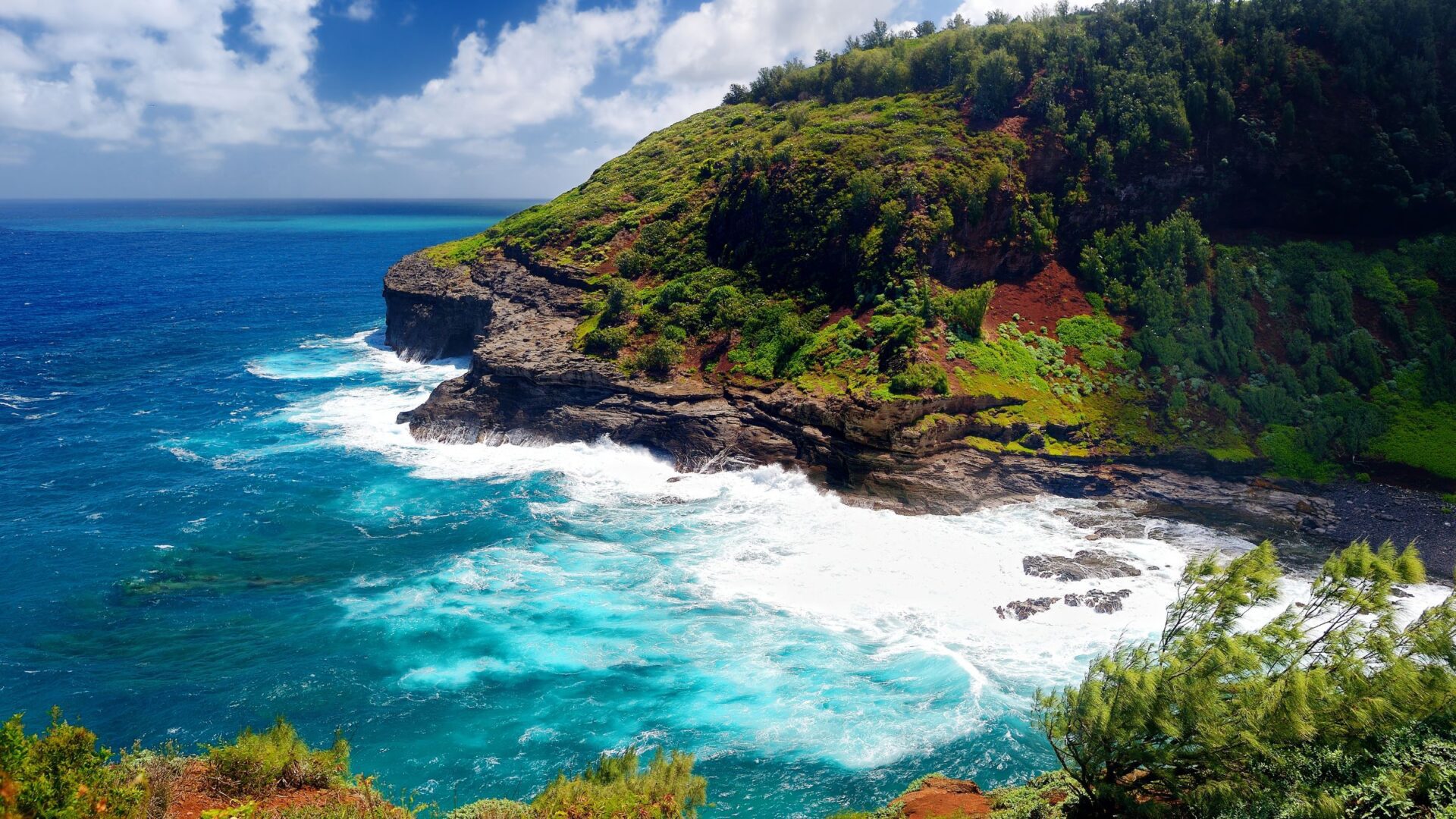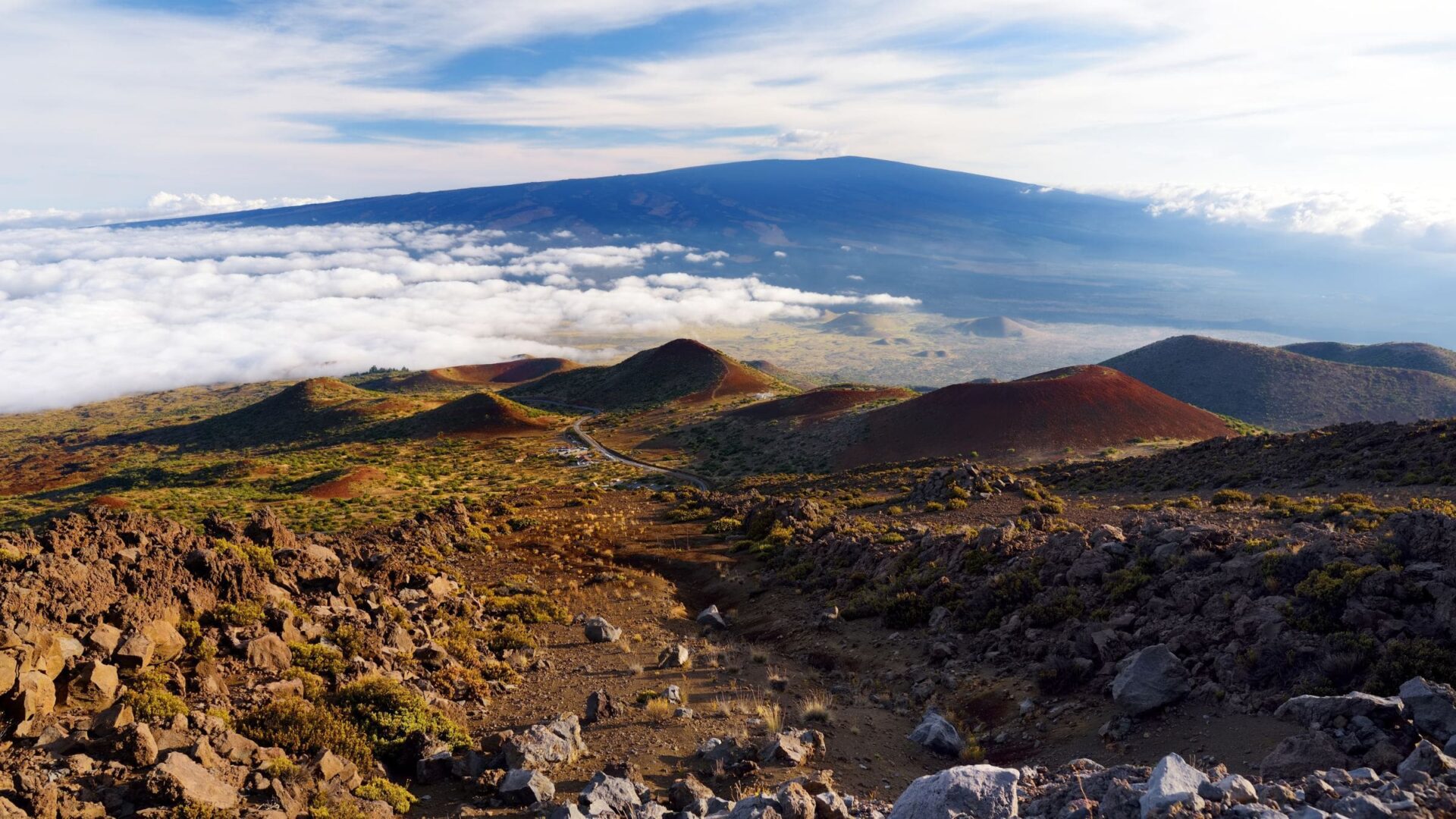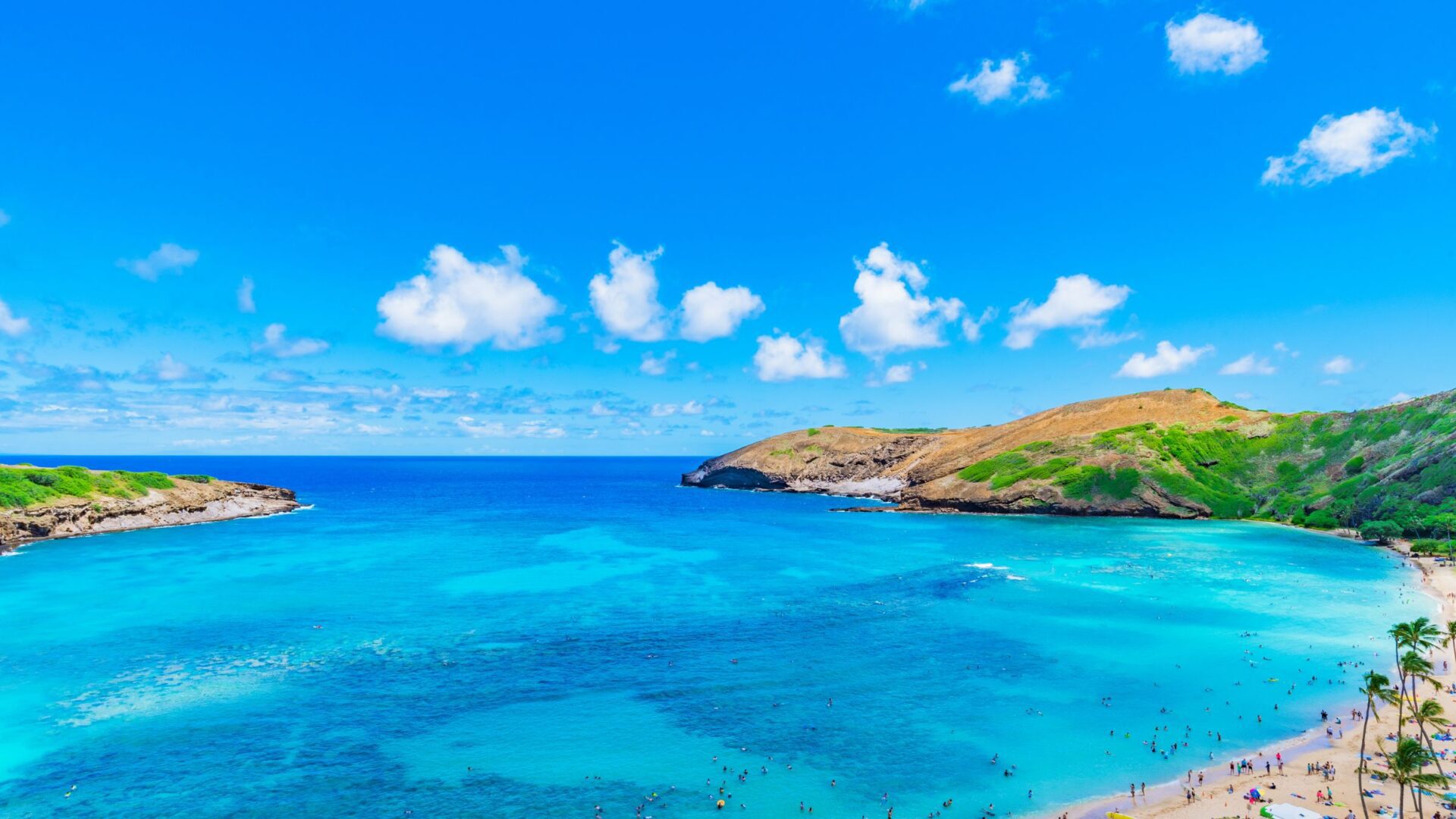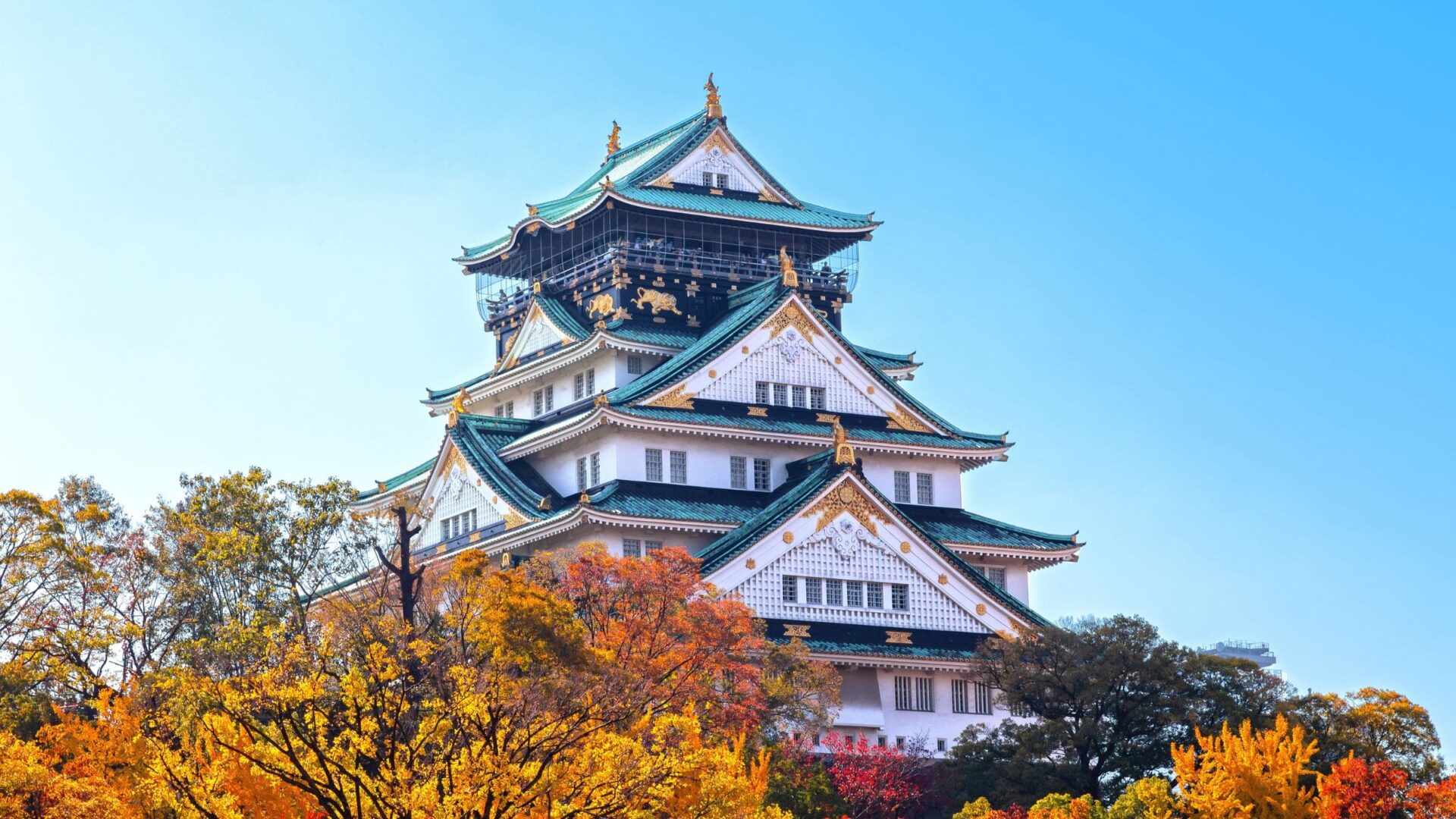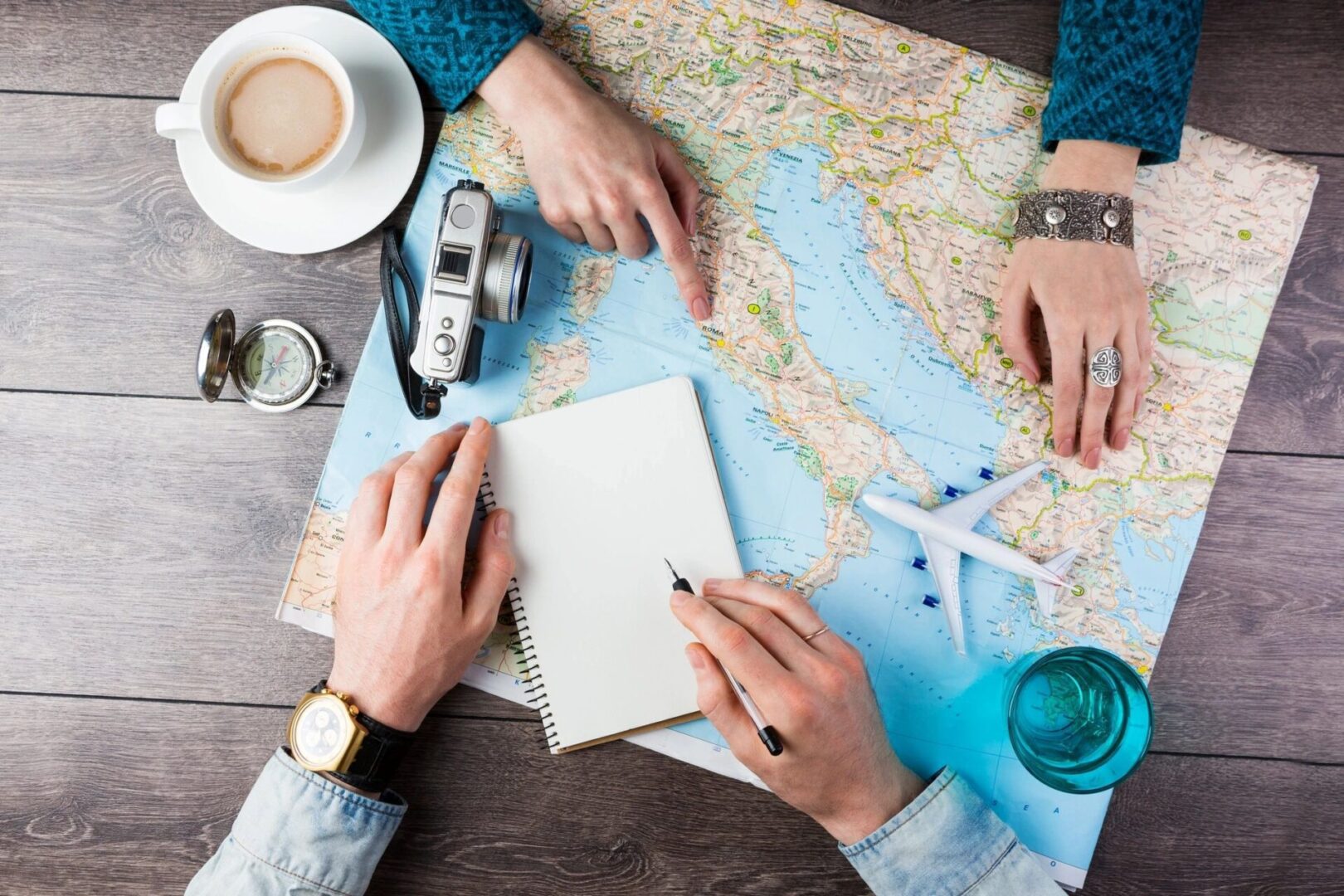Hawaii is a land of breathtaking beauty, where lush rainforests meet black sand beaches, and fiery landscapes tell stories of an earth still being shaped. But nothing defines this haven quite like its volcanoes. Known as a volcanic hotspot in the Pacific, Hawaii offers nature lovers and travel enthusiasts glimpses of the primal forces that built its islands.
If you’ve ever wanted to stand in awe of molten lava, hike through dramatic volcanic craters, or gaze at jaw-dropping landscapes shaped by eruptions millions of years ago, this guide is for you. Buckle up as we explore Hawaii’s unique volcanoes, uncover the best spots to see lava and craters, and share tips for making the most of your volcanic adventure.
Understanding Hawaii’s Volcanoes
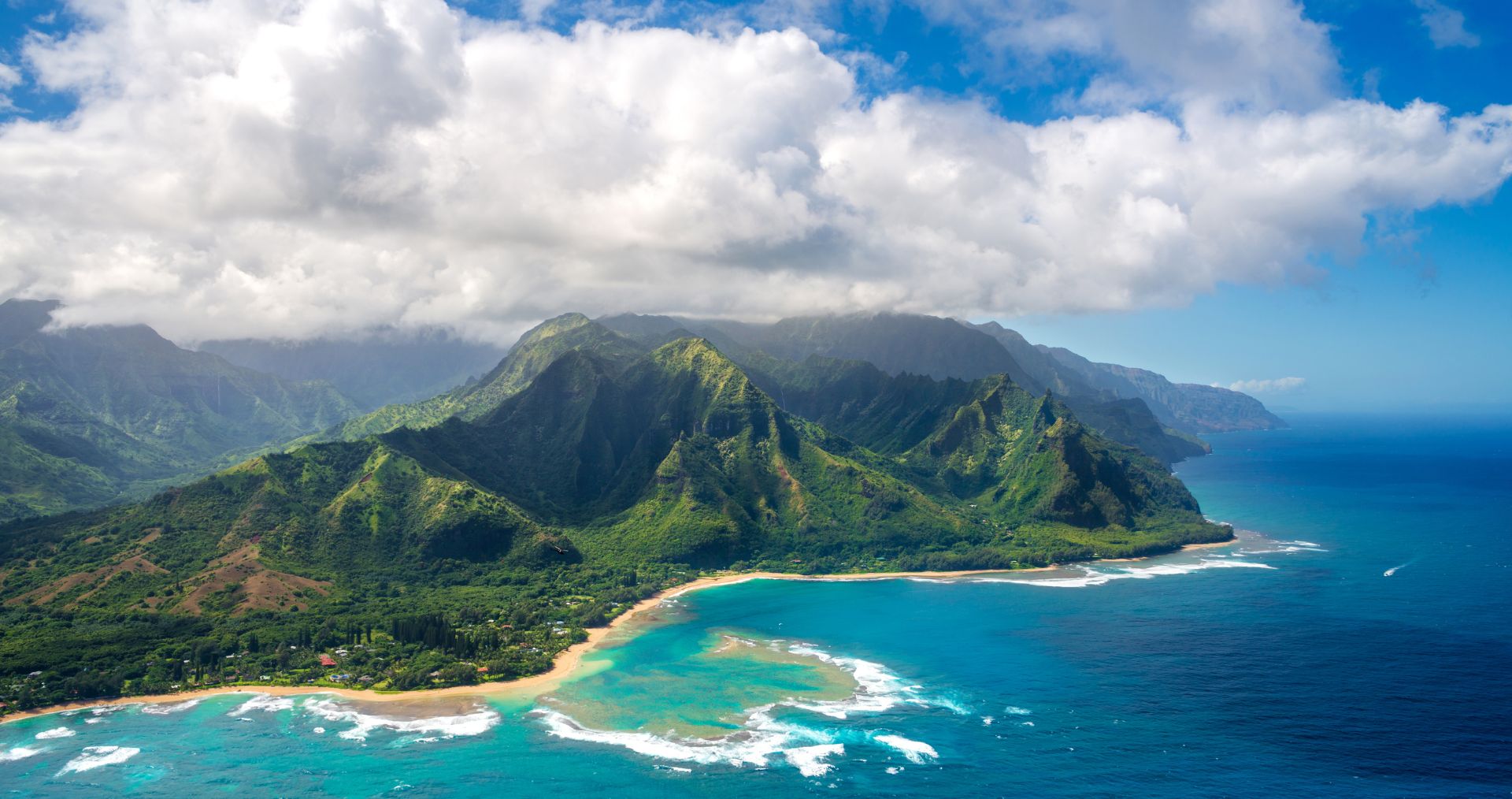
How Were Hawaii’s Islands Formed?
Hawaii’s iconic volcanic history begins deep under the Pacific Ocean. The islands were formed as the Pacific tectonic plate slowly moved over a volcanic hotspot, allowing magma to rise and create a chain of islands over millions of years. Each island marks an epoch in time, with older islands like Kauai showing erosion and lush greenery, while the Big Island still boasts active volcanic activity.
What Makes Hawaiian Volcanoes Unique?
Unlike explosive stratovolcanoes, like Mount St. Helens, Hawaii’s volcanoes are primarily shield volcanoes, which form from layers of lava flows that spread out and create smooth, rounded landforms. This means they don’t erupt with violent explosions; instead, they release lava flows that can last for weeks, months, or even years.
Add to that the accessibility of Hawaii’s volcanoes, spanning lush forests, barren lava fields, and energy-filled craters, and you’ve got volcanic landscapes like no other.
The Big Island’s “Volcano Trail”
For a comprehensive volcanic adventure, Hawaii’s Big Island has its unofficial “Volcano Trail” where explorers can witness Kīlauea, Mauna Loa, and Mauna Kea all on one island. Follow this route to mix active eruptions, scenic hikes, and unique geological formations into one unforgettable trip.
Top Volcanoes to Visit in Hawaii
1. Hawaiʻi Volcanoes National Park (Big Island)
Home to two of the world’s most famous volcanoes, Kīlauea and Mauna Loa, this park is ground zero for volcanic exploration.
Kīlauea
One of the most active volcanoes on Earth, Kīlauea is a must-see for any lava enthusiast. If there’s ongoing eruption activity, check for updates on safe viewing areas where you can witness lava flows in action.
- Don’t miss Crater Rim Drive, a scenic route with epic viewpoints, like Jaggar Museum and Halemaʻumaʻu Crater.
- Hikers should explore the Kīlauea Iki Trail, which takes you through a stunning volcanic crater.
Mauna Loa
The world’s largest volcano by volume, Mauna Loa offers a spectacular experience for visitors who love hiking and jaw-dropping views.
- Access the summit (when open) or explore lower-elevation hiking trails that wind through its otherworldly lava fields.
2. Mauna Kea (Big Island)
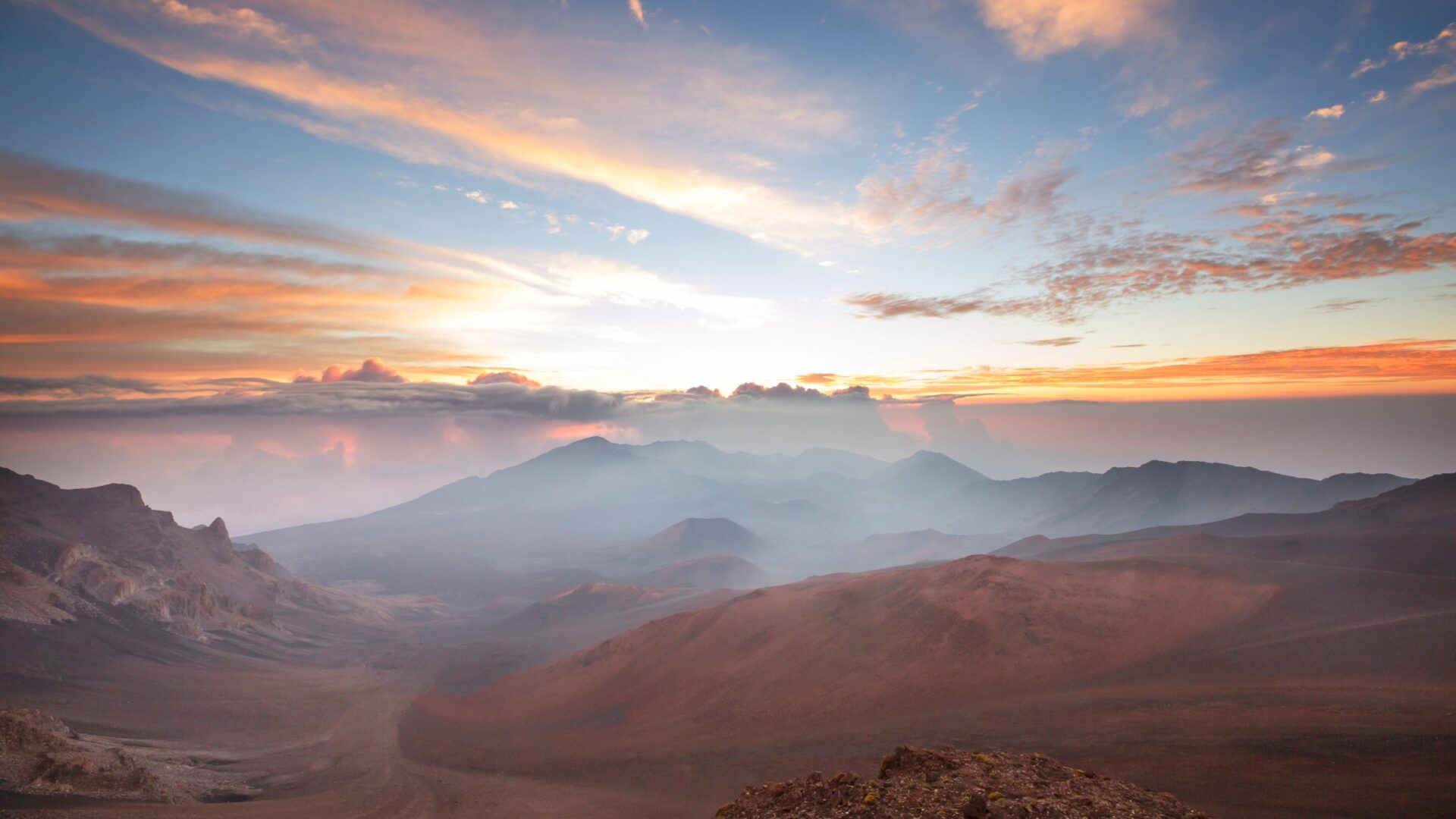
While dormant, Mauna Kea is no less impressive. Renowned for its incredible stargazing, it’s the highest peak in Hawaii and offers breathtaking views at sunrise and sunset.
- Ascend via the Mauna Kea Access Road, stopping by the visitor information station for acclimatization.
- Astronomy enthusiasts should visit its world-class observatories for an unforgettable celestial experience.
3. Haleakalā (Maui)
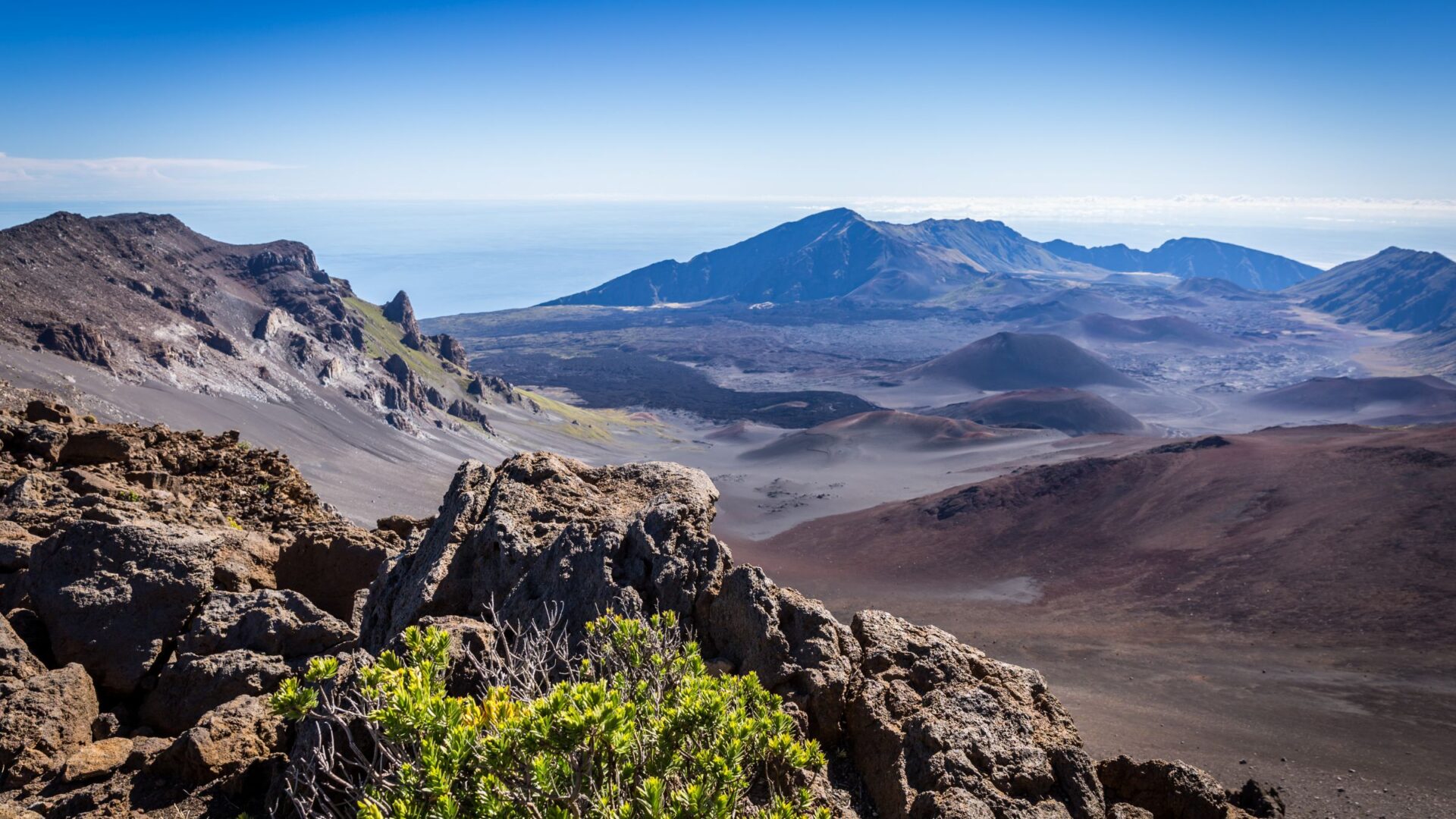
Haleakalā may be dormant, but its dramatic volcanic crater and epic sunrise vistas will leave you speechless.
- Witness the spectacle of dawn at the summit, where the sun rises above a sea of clouds. Pro tip: Reserve sunrise access in advance.
- Explore the Sliding Sands Trail, which descends into the crater and offers unparalleled views of the Martian-like landscape.
Where to See Lava (When It’s Active)
The highlight of a volcanic trip is undoubtedly seeing molten lava in action. While eruptions are not guaranteed, here’s how to catch them if luck is on your side.
- Check Current Updates: Visit websites like the USGS Volcano Observatory or Hawaiʻi Volcanoes National Park for the latest eruption news and safe viewing guidelines.
- Lava Viewing Areas: Designated zones provide safe, legal access to see lava flows. Rangers are often available to help guide you.
- Guided Tours vs. Self-Guided Visits: Opt for a guided tour to enrich your experience with insights from experts and the safety of an experienced team.
- Safety Tips: Always stay behind barriers, wear sturdy footwear, and be aware of heat, fumes, and unstable terrain.
Best Volcano Hikes & Scenic Spots
Hiking is one of the best ways to get up-close and personal with Hawaii’s volcanoes. Here are some top trails and viewpoints to add to your itinerary.
- Kīlauea Iki Trail (Big Island): Hike through a crater floor once filled with molten lava.
- Devastation Trail (Big Island): An easy walk through the haunting aftermath of a 1959 eruption.
- Sliding Sands Trail (Haleakalā, Maui): A challenging but rewarding trail into the heart of Haleakalā Crater.
- Pu‘u Huluhulu & Mauna Ulu (Big Island): Explore lava fields and open-air views of past eruption sites.
Cultural Significance of Volcanoes
The fiery landscapes of Hawaii are not just geological marvels but also sacred grounds deeply rooted in Hawaiian culture.
- Pele, the Volcano Goddess: According to Hawaiian legend, Pele embodies the spirit of the islands’ volcanic activity. Respect for her power and habitats is integral to local traditions.
- Mythology and Sacred Sites: Many volcanic formations hold cultural significance. Visitors are encouraged to show respect, refrain from taking volcanic rocks, and honor the spiritual heritage of these lands.
Practical Travel Tips
Before heading out on your adventure, keep these travel tips in mind to make the most of your trip.
- Gear Essentials: Pack sturdy shoes, breathable layers (volcanic regions can get cold!), sunscreen, a hat, and plenty of water.
- Timing Your Visits: Sunrise and sunset offer stunning views and cooler temperatures, but mid-day can be less crowded.
- Fees & Passes: Hawaiʻi Volcanoes National Park charges an entrance fee or requires an annual pass. Book guided tours in advance during peak seasons.
- Weather Considerations: Be prepared for weather changes, particularly at higher altitudes like Mauna Kea and Haleakalā.
Explore Hawaii’s Living Legends
Hawaii’s volcanoes are more than just natural phenomena; they’re living legends, shaping the islands and captivating anyone who visits. From fiery lava flows to sprawling crater views, these unique volcanic experiences will leave a lasting impression.
Whether you’re hiking through Kīlauea Iki or watching the sunrise from Haleakalā, Hawaii’s volcanoes promise a connection to nature unlike anything else. Start planning your adventure today, and don’t forget to stay updated on lava activity to make the most of your trip. Happy exploring and aloha!

